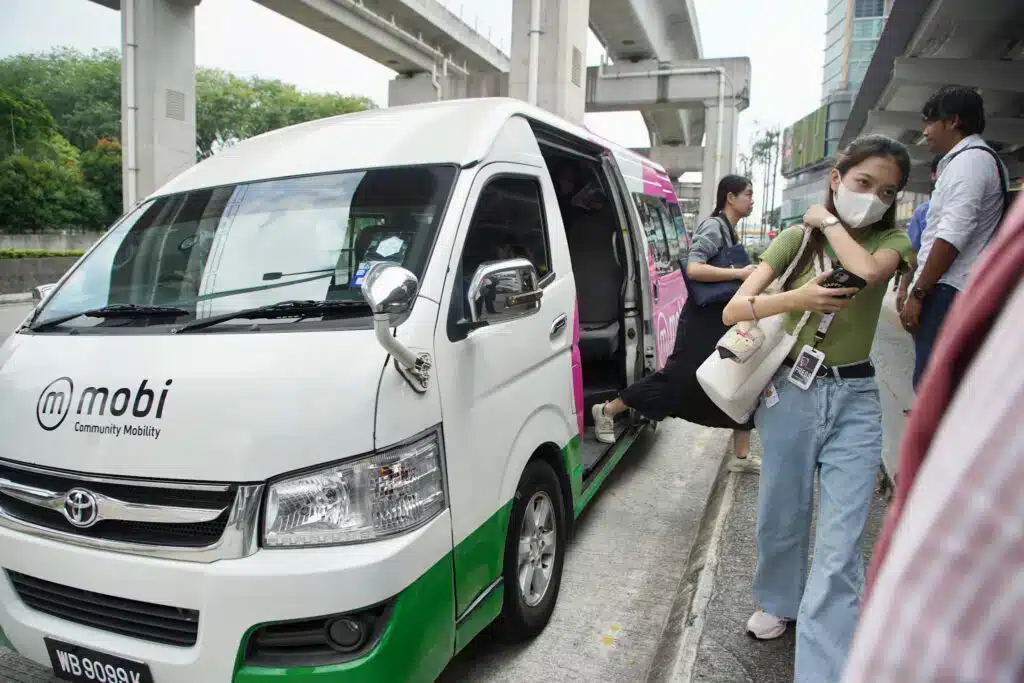
IT is time the government realises that vans are the most ideal first and last mile commuter transport solution and stop groping in the dark with impractical and more expensive solutions.
From day one when the electric commuter trains were introduced the idea has been mooted that vans, not buses, will be able to fill the gap.
There is no need for expensive experiments by the Selangor state government such as the heavily subsidised demand-responsive transit (DRT) service project when the humble van offers the best practical solution.
The large expensive buses whether they are to cater to KTM, LRT or MRT commuters, are not ideal because of the local urban traffic conditions and narrow congested roads that result in break-downs, delays and poor service, and costly maintenance.
Vans are better than cars as they can carry 8-10 passengers and can negotiate the narrow roads of housing and industrials estates, commercial areas, villages and low cost apartments where the bulk of the commuters live or work.
Those from the upscale residential areas have their own vehicles and have no need for public transport.
I have been observing the buses providing transport to the commuters for a long time and found that sole dependency on the inefficient buses, not the trains, the LRT or MRT that is the primary problem for greater use of public transport.
It is the first- and last-mile seamless connectivity and convenience that should inspire confidence in the commuters to opt for public transport.
Vans should have been introduced from the start and by now public transport could have increased in popularity and benefitted the people.
The MRT, LRT and KTM need to sanction about 300-500 vans to ferry the commuters and passengers and the problem will be solved in a jiffy.
The buses are more of a nuisance creating traffic congestion and hindrance in the towns due to their slow movement and the need to stop and pick up the few passengers who, it appears, have no other option but to wait for the buses.
The buses should be phased out when their lifespan end. Vans can carry about 8-10 people and are fast moving just like cars, can ply narrow and congested roads, and can arrive in time and will also be much cheaper that taking private transport like Grab.
Telephone numbers of the vans can be displayed on the van and commuters can even phone the van operators plying their residential area to pick them up.
Vans can pick the passenger right from the houses in case it rains. Large families going for shopping on week-ends can utilise vans to get to the LRT or MRT stations. Vans will motivate the people to opt for public transport.
Moreover, a few hundred van operators can earn a living from these service if it is used in the cities and towns in the Klang Valley.
Vans used for the commuter services should be regulated in terms of passengers allowed in the van, be in good condition, be insured and supervised by the authorities, the drivers must have a good safety record, and the fees/charges can be fixed depending on distance.
An appropriate MRT/LRT logo needs to be emblazoned on the van for easy identification.
With so many advantages that van-hailing can offer for the first mile/last mile connectivity as well as other numerous cheaper benefits to passengers and commuters, what is the government waiting for?
There is no other cheaper, quicker, and better solution than using vans and B40 and M40 commuters will welcome this solution to their long-time woes in getting to their intended destination in time. – Focus Malaysia



No comments:
Post a Comment
Note: Only a member of this blog may post a comment.